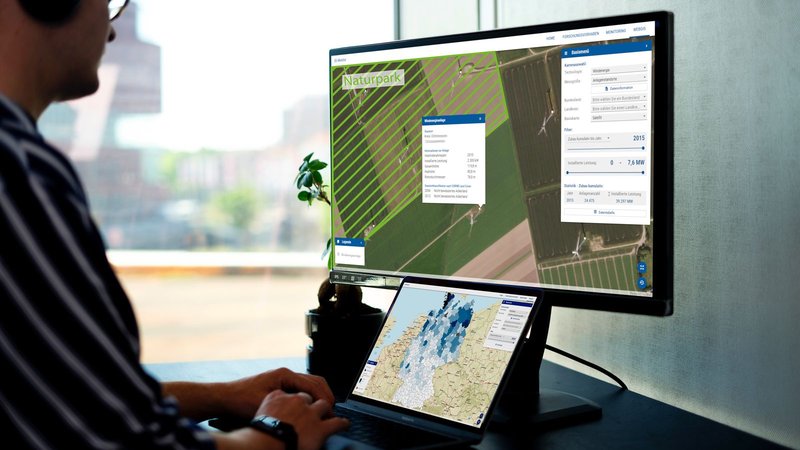The German federal government is planning a massive expansion of renewable energies. At the same time, there are European and international obligations to promote, protect and conserve biodiversity, such as the Convention on Biological Diversity and the EU Regulation on the Restoration of Nature. The decline in biodiversity and habitats should thus be halted. When implementing energy policy goals, it is therefore necessary to ensure that expansion is compatible with nature.
In the UFZ's web application "EE-Monitor", 41 indicators can be used to track the nature compatibility of the expansion of wind energy, solar energy, bioenergy or hydropower on a supraregional and region-specific basis. High-resolution site data and key figures are provided, which can be sorted by technology and generally cover the period from 1990 to 2020.
The Web-apllication is abvailable in English and German.
Web-Application EE-Monitor
Monitoring report (indicators, regional level)
Press release UFZ (in German only)
Source: BfN, 15.02.2023

